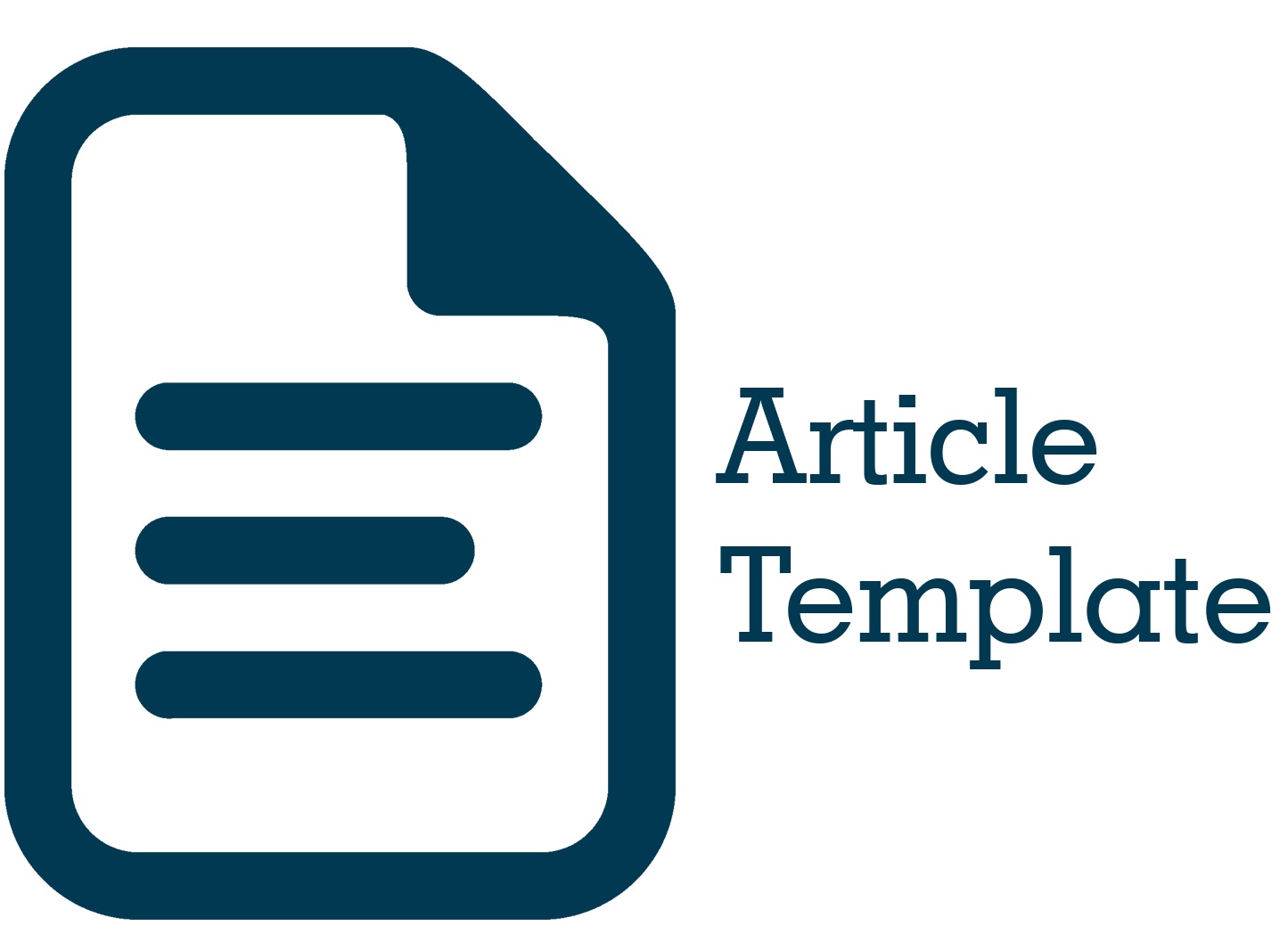Analisis Financial Distress Menggunakan Metode Altman Z–Score pada PT. Golden Plantation Tbk. Periode 2014-2018
DOI:
https://doi.org/10.51135/PublicPolicy.v2.i1.p102-121Keywords:
Altman z-score, Financial DistressAbstract
The goal of this study is to decide how the effects of the analysis of predictions of financial distress using the Atlman Z-score method with estimates for the period 2014-2018 on PT Golden Plantation Tbk are determined. PT Golden Plantation, which is a business engaged in the oil palm plantation industry with the type of data used, is the focus of this study, namely quantitative data in the form of the financial statements of PT Golden Plantation for the period 2014 to 2018. And the Altman Z - Score Adjusted variable aproach is the data analysis method used in this study. It can be inferred that, based on the findings of the report, the organization started to encounter financial distress in 2014. In 2015 to 2018 the altman z - score of PT Golden Plantation was <1.1 or a dangerous zone which means that PT Golden Plantation Tbk is in a bankrupt condition. And we can be sure that the company will also face financial problems in the next few years. This is attributable to the selection of debt used by the firm. The utilization of the company's existing debt tends to rise each year, exceeding the value of the company's current assets, so that the working capital of the company still has a negative variable. To Future research is suggested to add other variables in examining financial distress.
Downloads

Downloads
Published
How to Cite
Issue
Section
License
Authors whose manuscripts are published in the Journal of Public Policy must agree to the following terms;
- Publication rights for all manuscript materials published are held by the editorial board with the author's consent.
- The legal formalities for digital access to the Journal of Public Policy are subject to the Creative Commons Attribution Sharealike (CC BY SA) license, which means the Journal of Public Policy has the right to store, redistribute, reformat, manage in a database, maintain, and publish the manuscript without seeking permission from the author as long as the author's name is included as the copyright owner.
- Published manuscripts are open access for the purpose of disseminating research results. Besides this purpose, the editorial board is not responsible for copyright law violations.


.png)



